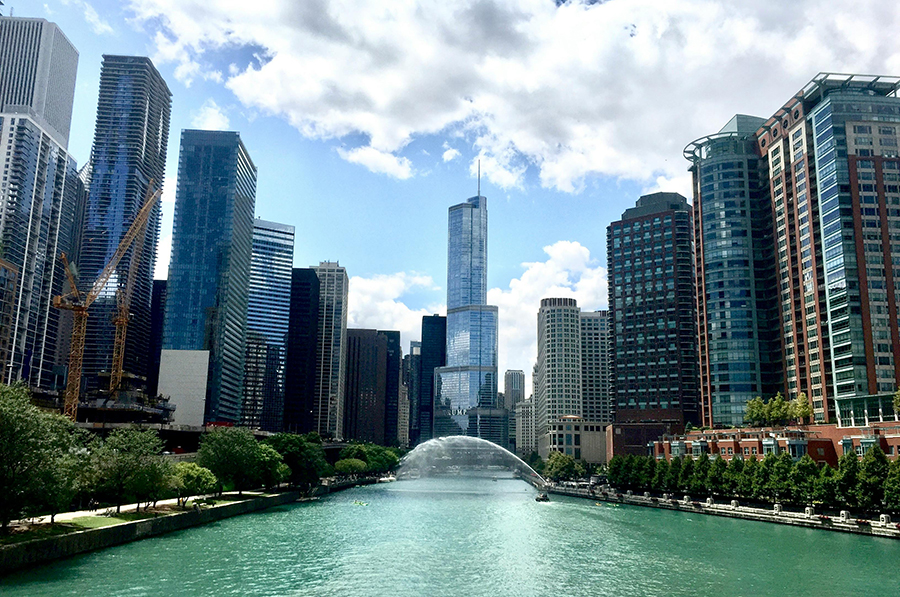Chicago’s marketing and communications industry continues to evolve, blending creativity, community, and thoughtful messaging. We asked local leaders to share how the city’s unique mix of culture, neighborhoods, and real-world challenges is shaping the way brands connect with audiences today.Kelly Kalmbach, COO, C_LOUISE"What’s exciting about Chicago right now is how creativity and community wo...





